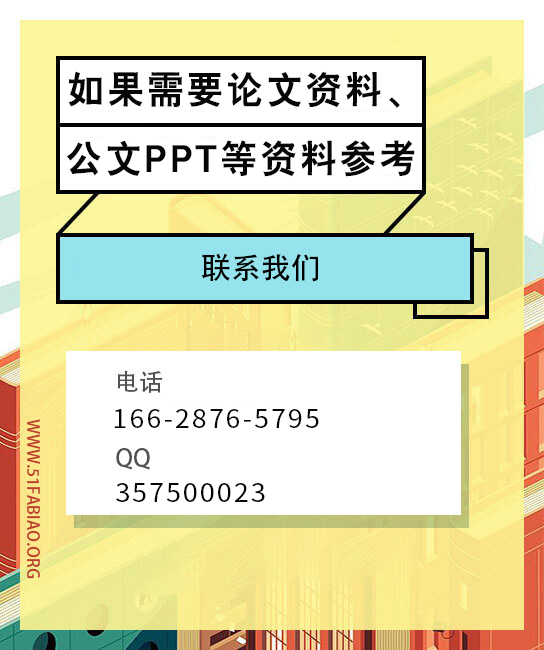According to Emirza et al. (2012), Social media venues include video-sharing websites like TikTok and Instagram, user-generated blogs like Blogspot, social networking sites like Facebook, and knowledge-sharing collaborative websites like Wikipedia. Interactive online communication channels that facilitate community development through user participation are a form of social media (Kalafatoğlu, 2011). According to Kaplan and Haenlein (2010), social media websites are web-based applications that provide users with exchangeable content using the web-based technological infrastructure. Put differently, blogs, company discussion boards, emails, and forums that involve significant, two-way communication based on online networks are social media sources (Mangold & Faulds, 2009).

2.2 Privacy Concerns on Facebook
Leaders everywhere agree that trust is essential to maintaining efficient corporate operations and organizational communication. Former US President Barack Obama called attention to a "deficit of trust" in public and commercial institutions during his 2009 State of the Union Address, and he tasked scholars and policymakers with reestablishing public confidence in these institutions (Good, 2013). The kind of goods or services an organization offers may influence the level of trust users have in it. Facebook is a well-known social media platform that serves over 1.7 billion users and offers social network and communication services. Users' trust in Facebook may be influenced by their opinions regarding the platform's handling, storage, and security of the information they share. (Shiau, Dwivedi, & Lai, 2018).
The revelation of data and privacy violations by well-known companies such as Facebook and Equifax has increased customer concerns about privacy and may have weakened confidence in these firms. Reduced social media use correlates with diminished trust (Antoci et al., 2019). Facebook users' opinions and personal information were illegally collected by Cambridge Analytica in 2014, which increased privacy concerns and damaged Facebook's reputation (Confessore, 2018). Increased fears led CEO Mark Zuckerberg to appear before Congress. Facebook placed full-page apology advertisements in US and UK news sources to retain users on March 25, 2018. However, polls conducted in large markets, such as the US and Germany, revealed a continuous mistrust of social media, especially Facebook, regarding privacy (Kahn & Ingram, 2018). A few users considered changing how they used social media or cancelling their accounts. This series of incidents highlight the long-term effects of privacy violations on users' trust and interaction with social media platforms, highlighting the vital need for open data practices and strong privacy safeguards to win back and keep users' confidence (Books 171–181, Daniel N. Treku, Volume 50, February 2020)
Chapter 3 Methodology ....................... 17
3.1 Research Design................................... 17
3.2 Research Philosophy…….....................17
Chapter 4 Result and Discussion.......................... 21
4.1 Resust....................................... 21
4.1.1 Descriptive Analysis of Demographic Data.........................21
4.1.2 Gender based Mean score difference of addiction variables.............................23
Chapter 5 Concl


